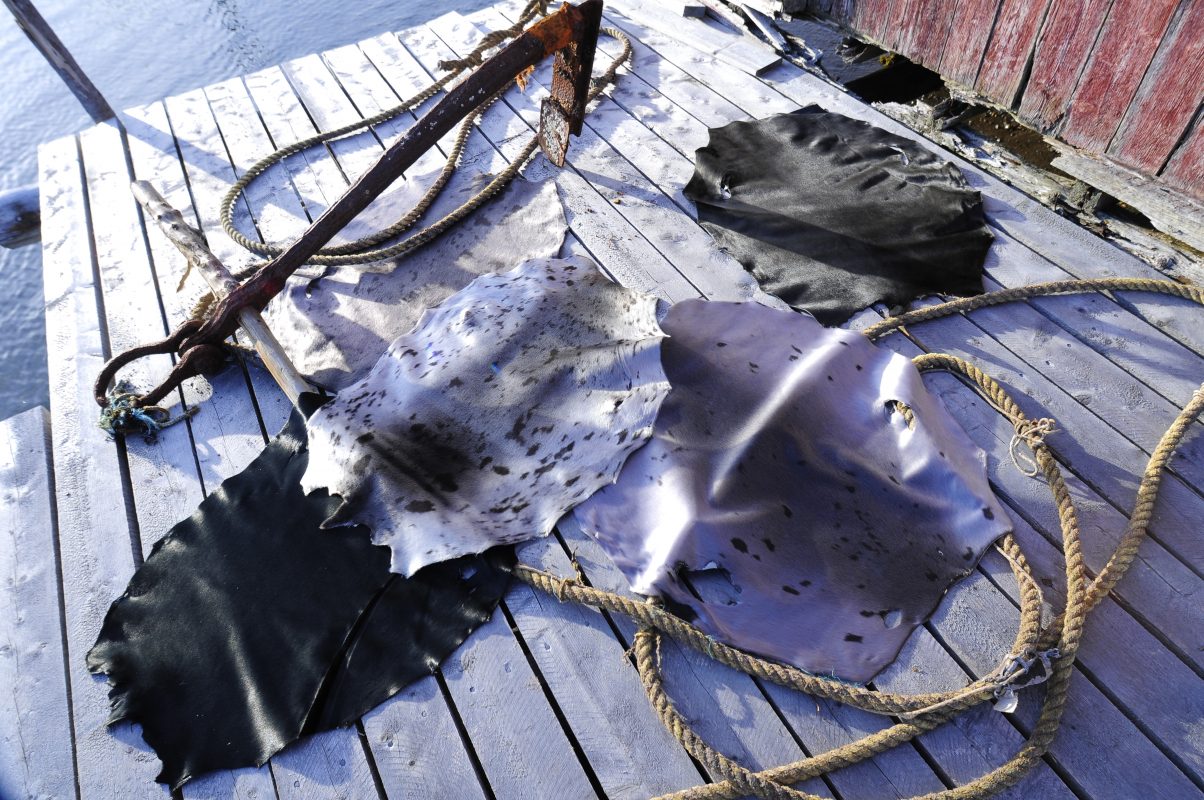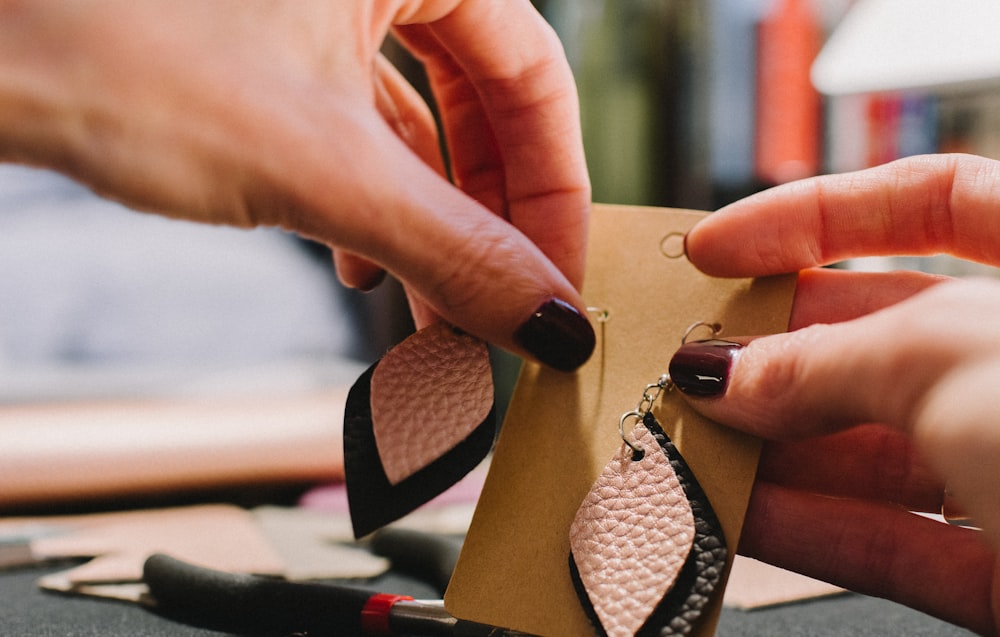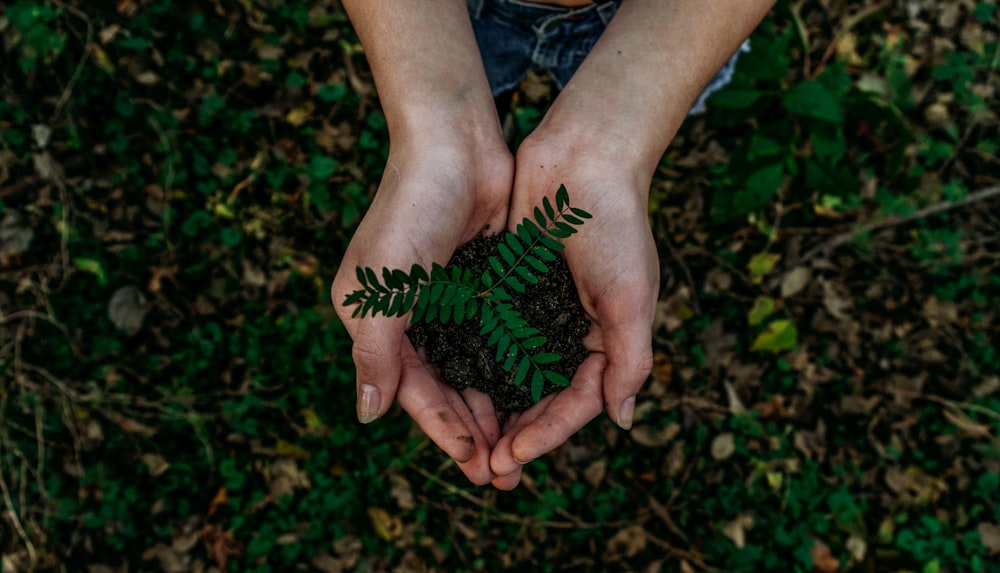News
Why is it a good idea to choose fur when it comes to fashion?
Why is it a good idea to choose fur when it comes to fashion?
There are two major types of materials for the fashion industry today: natural and synthetic. Natural materials are more popular in recent years for many different reasons. The fabric is generally more environmentally friendly and durable. But when it comes to natural fur, people tend to use it less because they believe it is better to use materials that don’t use animals. However, when people consider the environmental impact and the long-term benefits of using fur, they might change their minds.
Sustainability
When it comes to fashion, the sustainability of your purchase mostly depends on the overall quality of the garments, and how often and how long they will be used before being discarded. We have observed many real fur fashions are economical investments, nostalgically passed down through generations from grandmas to granddaughters, they can be repurposed, or they can be resold in vintage shops after enjoying them for a long time. Although the longevity of fur varies depending on different types of furbearers, a well-made seal fur coat, with proper care (storage and cleaning), is known to outlast the owner. If you have a chance to visit Etsy(1), you can find plenty of vintage fur coats and accessories that are popular among the young generations, who are known to be very environmentally conscious.
When it comes to sustainability, the environmental cost of ‘fast fashion’ is tremendous. A solution to the negative environmental cost would require substantial fabric and material changes in the fashion industry. A move towards ‘slow fashion’ would encourage the fashion industry to focus on more sustainable and better-quality materials that can last longer. Seal fur is a good substitute here. Sustainable seal fur is a completely natural fashion material and is a renewable and durable fabric with exceptional functionalities.
If you have a concern about the sustainability of natural fur resources, you can rest assured that all the fur we use today comes from abundant populations, never from endangered species. Using seal population as an example, the Canadian seal population is healthy and abundant with an estimated population of more than 10 million observed by the Department of Fisheries and Oceans (DFO)(2). The seal harvest is closely monitored and controlled by the Government of Canada. The well-managed seal population is also a way to maintain a healthy marine ecosystem and provides valuable natural material for sustainable fashion production.
Low environmental footprint
The fashion industry accounts for about 8-10% of global carbon emissions, and nearly 20% of wastewater(3). Shipping products from suppliers to factories, shops, and customers is one of the main contributors to greenhouse gas emissions. To limit the environmental footprint from freight, we should prioritize lower-carbon impact modes of transport, obtaining raw materials from local sources nearby, and purchasing good quality and sustainable products. We believe shopping locally is one of the best options to reduce the environmental footprint. More and more local fashion brands take the environmental and social impact of their products into account. For example, Proudly Indigenous Crafts & Designs brand is actively promoting ethically-sourced handmade seal fur products. The accessories sold on these online stores are made with natural sealskin coming from Canadian waters and handcrafted by local artists with the utmost love and care.
In terms of energy consumption, handmade products require less energy and resources than those products made in mass-production factories, resulting in significantly lower environmental footprints. Many mass-production fashions items are also made overseas such as in China or Bangladesh, which require long-distance shipping to get to the American consumer. In this process, more fossil fuels are used, more carbon emissions are released, and higher risks for toxic pollutants spill in the ocean. Local handmade products don’t require as much energy consumption and support the local community at the same time. Buying local, handmade products not only empowers local communities but also allows consumers to use and reuse quality products rather than constantly purchasing a new replacement.
Biodegradable
Fur is biodegradable and leaves much less impact on land and oceans than plastic-based synthetic fashion fabrics. Nowadays, synthetic fabrics such as polyester dominate the global textile market. However, we usually underestimate the negative environmental impact created by synthetic fibers in general. Many fashion designers or brands declare themselves as “fur-free” producers purely for advertising purposes. If we consider the negative impact of synthetic textiles on the environment and on the animals that live in it, are “fur-free”/plastic-made fabrics still a wise choice? The truth is, just because a piece of garment is “animal-free” doesn’t mean it’s not hurting animals.
Here are some ocean plastic pollution facts:
- 100 million marine animals die each year from plastic waste alone;
- 1 in 3 marine mammal species get found entangled in the litter;
- 12-14,000 tons of plastic are ingested by North Pacific fish every year(4).
While plastic in our clothing is a clear environmental hazard, the shift to natural fur could be considered an environmental win, looking at it from a more holistic perspective. Wearing fur is not merely preventing waste. Some fur comes from animals that are overpopulated and even causing environmental havoc. For example, the seal population in Canada is at the highest we’ve ever seen and now predation by grey seals is one of the major factors limiting the cod stock’s recovery (5) From this perspective, seal population management and seal fur utilization help marine biodiversity protection.
Seal fur, as a natural material, is biodegradable like many other natural furs and can be absorbed back into nature’s own ecological cycle through biodegradation. One study also looked at the average biodegradation of several natural products and it found that real fur degrades at the same rate as an oak or willow tree leaf(6). That means your old seal fur apparel can even be composted for your own home garden.
Reference
[1] https://www.etsy.com/search/vintage?q=fur+coats&is_prefetch=false&vintage_rewrite=vintage+fur+coats&original_query=2&orig_facet=
[2] https://canadiansealproducts.com/the-canadian-seal/sustainability-ecosystem
[3] https://www.bbc.com/future/article/20200310-sustainable-fashion-how-to-buy-clothes-good-for-the-climate
[4] https://www.condorferries.co.uk/marine-ocean-pollution-statistics-facts
[5] https://www.dfo-mpo.gc.ca/fisheries-peches/seals-phoques/cod-morue-eng.html
[6] https://www.trappersreport.com/story/New-Study-Compares-Natural-and-Fake-Fur-Biodegradability

 ᐃᓄᒃᑎᑐᑦ
ᐃᓄᒃᑎᑐᑦ


